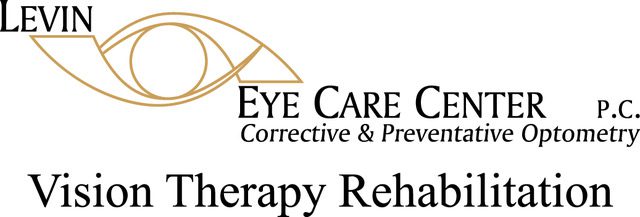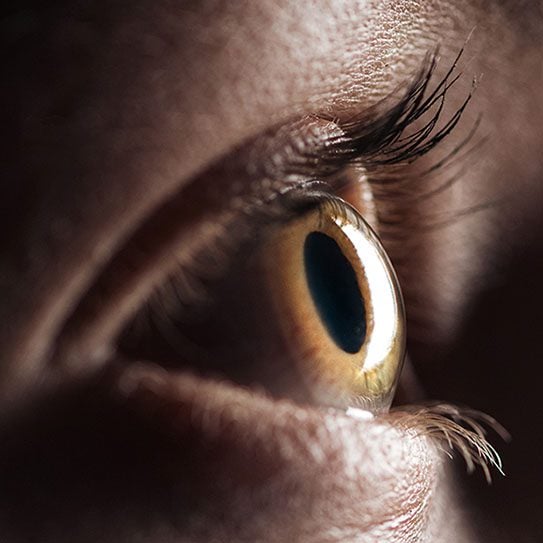
An Inside Look at the Human Eye
How much do you remember about eye anatomy from biology class?
April 30, 2025
No Comments
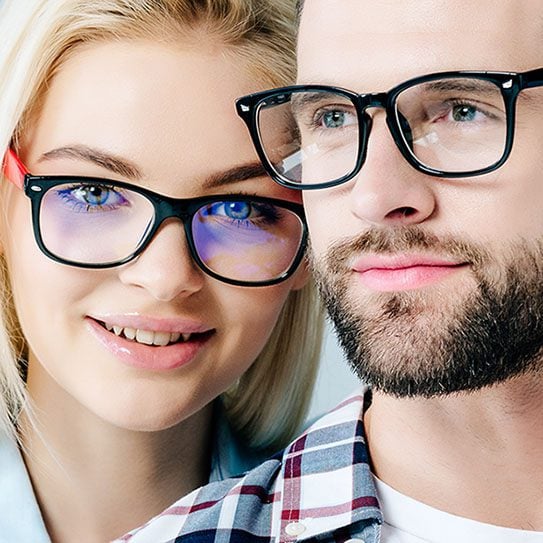
Men and Women Face Different Eye Issues
When it comes to eye health, men and women are not affected equally.
April 23, 2025
No Comments

Like Athletes, We Can Train Our Visual Skills
When we think of athletes, attributes like speed and strength usually come to mind.
April 16, 2025
No Comments
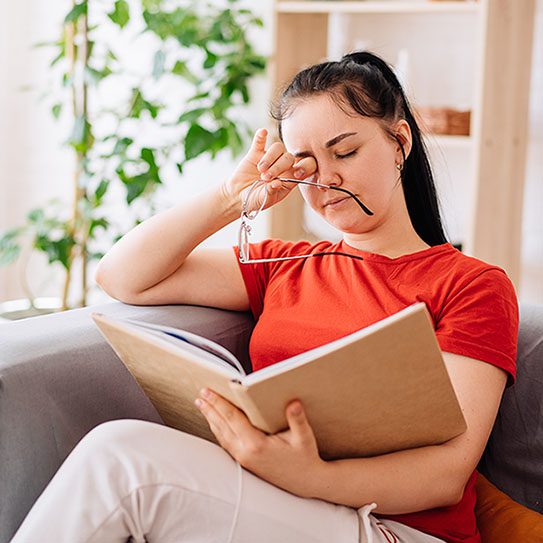
Protecting Your Eyes From Germs
Rubbing your eyes can feel like a harmless response to fatigue, irritation, or discomfort.
April 9, 2025
No Comments
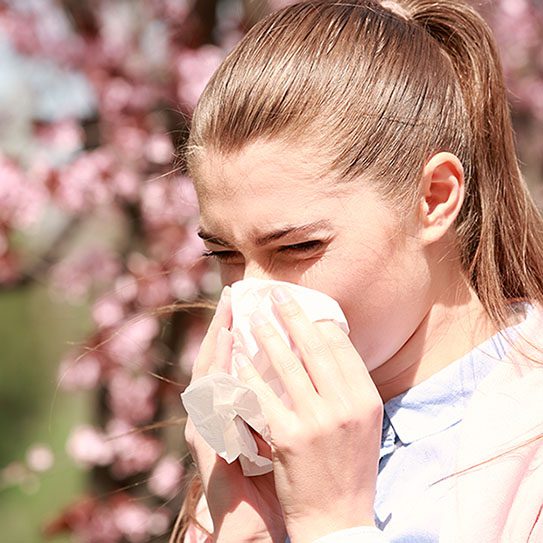
Our Eyes Versus Seasonal Allergies
Ready to navigate the irritations of seasonal allergies?
April 2, 2025
No Comments

Blinking: More Important Than You Think
On average, we blink about 15-20 times every minute.
March 26, 2025
No Comments
